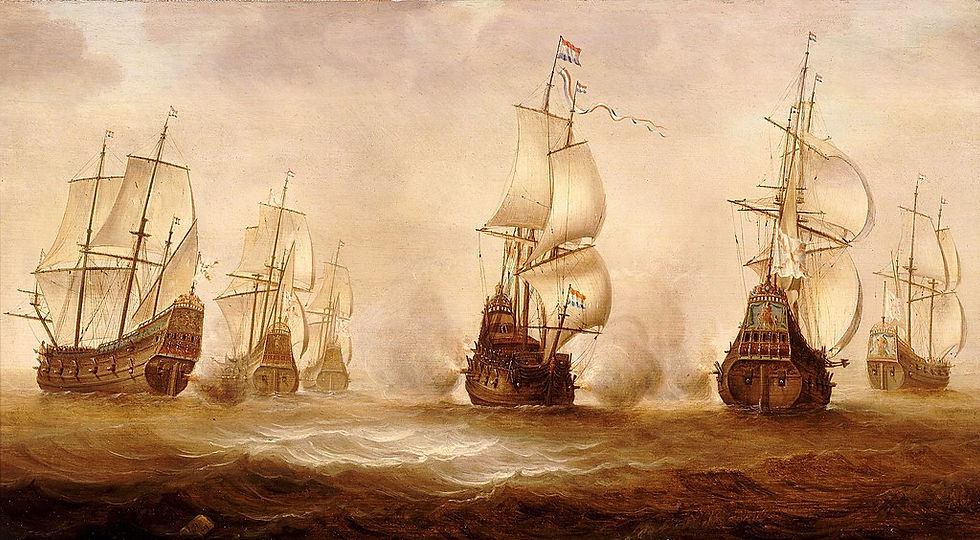How Long is a Novel?
- authorvalpenny
- Feb 26, 2022
- 3 min read
When you think about how long your manuscript needs to be, there are many points to take into consideration and there is no one right answer to this question. It depends not only on the genre of the novel you are writing but also on your target audience. This is one of the reasons that you want to know who your target audience is going to be.

For commercial adult fiction, such as crime novels, that I write or romance novels, by Rose McClelland or Lizzie Chantree, most publishers will typically be looking for something in the order of 70,000-100,000 words. It would not be easy for a debut novelist to secure representation or publication of a such a novel that was much longer than this. It allows the story to be properly told without it losing pace. Other genres, including science fiction or fantasy, which may require world building in addition to the tale being told, will probably be longer. For fiction aimed at younger readers, publishers will typically be looking for shorter manuscripts and the precise expectation of length will depend on the anticipated age range. If you are submitting a work of literary fiction, agents and publishers tend to accept a wide range of lengths. These vary from books little longer than novellas at 50,000 words to extremely long works of 200,000 words or sometimes even more.

In truth, a debut author will struggle to persuade any agent or publisher to accept a novel much more than 100,000 words long, unless the work is something exceptional, for example Stuart Turton’s debut novel, The Seven Deaths of Evelyn Hardcastle or Eleanor Catton’s first book, The Luminaries. Check the submission guidelines of the business you plan to submit to as these may specify the minimum and maximum word count those agents or, even more particularly, publishers are willing to consider. My own publishers are unwilling to consider novellas under 30,000 words in length or novels over 90.000 words long.

Of course, these traditional expectations of book length have been influenced by physical books. Purchasers browsing the shelves of a bookshop are more likely to be attracted to your book which, simply in terms of physical appearance, seems to offer good value for money without being unduly intimidating in length. One major commercial publisher considers the ideal length of book to be 95,000 words for this reason.

Because of this, several publishers, especially those who focus on e-books, are prepared to consider a flexible approach to the length of your novel. Naturally, customers who read e-books are much less focused on the physical size of a book. Their reading progress is measured in percentage terms rather than page numbers. In any event, quality is always more important than quantity. But realistically, if you want to secure agent representation or a publishing deal, your first step must be to complete your book.

The first draft does not have to be perfect, but it does have to be written. Any agent or publisher will have ideas as to how your manuscript can be improved and made more saleable. You will probably have to put up with substantial editing, particularly as a debut author, even if you are eventually lucky enough to secure a deal. However, under no circumstances would you submit your first draft to an agent or a publisher! The draft you send may be the third, tenth or twelfth, whatever number it is, the manuscript should be complete and as polished as you can make it.

If you are to achieve your ambition of becoming a published author, your draft manuscript must be distinctive, well written, skillfully plotted, interesting and the story should be about gripping characters. So, ensure that your story is complete and that it makes sense. It should run in a logical order, and if you have different scenes taking place at divergent times or in distinct places, make sure that these are well sign-posted so that the reader does not get confused. If they do, they will probably stop reading your book and not take things any further with you.
Val Penny







Beautiful post that encourages me not to feel that the readers are no longer interested in voluminous novels! I have also found that theadvantage in writing voluminous novels can eventually be broken down into series!! Voila. It works both ways. Many thanks for this.Blessings!